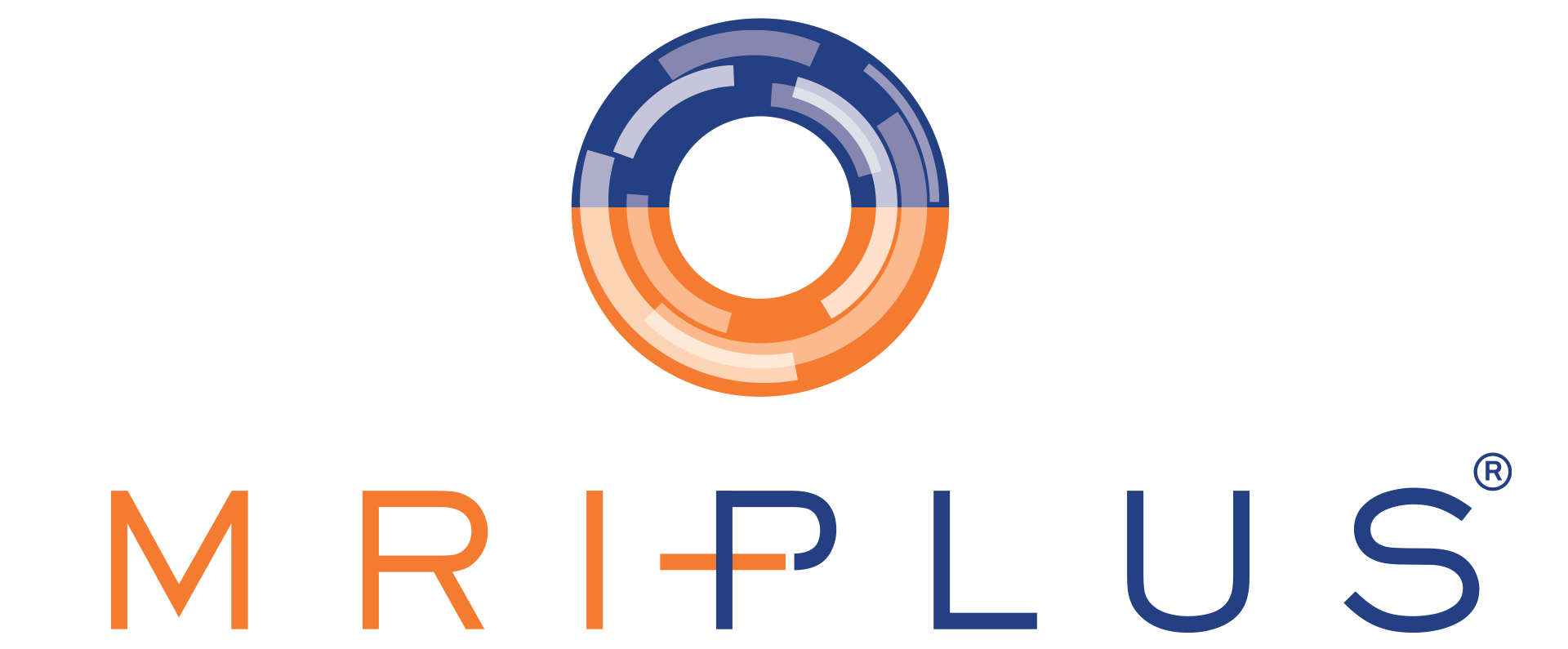Stroke Symptoms & Diagnosis: Spot the Warning Signs Quickly
February 16, 2023
What is a stroke?
A stroke is a life-threatening medical emergency in which the blood supply to a part of the brain is cut off.
When the blood supply to the brain is restricted or stopped, brain cells begin to die, which can lead to loss of brain function, affecting how your body works.
Strokes can happen by blockages or ruptures of blood vessels in the brain, leading to symptoms such as sudden weakness, numbness, difficulty speaking or understanding speech, vision loss, confusion, and difficulty in walking
The full effects of a stroke depend on where the blood flow was interrupted, and the size of the damaged area of the brain.
What causes a stroke?
The major types of stroke are ischemic or haemorrhagic.
- Ischaemic strokes - caused by a blockage, interrupting the blood supply to the brain
- Haemorrhagic strokes - caused by a leaking or burst artery supplying blood to the brain
Ischaemic Stroke
Ischaemic stroke is the most common type of stroke, accounting for over 80% of cases.
An ischaemic stroke occurs when a blood clot forms in an artery that supplies blood to the brain, blocking blood flow and depriving brain cells of oxygen and nutrients.
There are two main causes of ischaemic stroke:
- Thrombotic: a blood clot formed in an artery in the brain.
- Embolic: a blood clot formed outside of the brain, which travels through an artery to the brain.
There is also a Transient ischaemic attack, often called a mini stroke
Transient ischaemic attack (TIA),
otherwise known as a mini stroke
, is the same as an ischaemic stroke, except that the symptoms only last for a short period.
A TIA is usually seen as a warning sign that an individual is more at risk of stroke. It is important to seek medical assistance to start preventative measures, including medications and lifestyle changes to prevent a major stroke.
Haemorrhagic Stroke
A haemorrhagic stroke is caused by bleeding in or around the brain. This type of stroke occurs when a blood vessel in the brain ruptures and bleeds into the surrounding tissue
It can cause brain damage and other serious complications. Haemorrhagic strokes are less common than ischemic strokes, and sometimes might be severe and life-threatening.
What are the symptoms of stroke?
The symptoms of a stroke can vary, depending on the brain part and extent of brain damage.
Symptoms of stroke can start quickly, including:
- Weakness, numbness or paralysis on one side of the body, particularly the face, arm, or leg
- Loss of consciousness
- Loss or blurring of vision
- Confusion
- Dizziness
- Being or feeling sick
- Loss of consciousness or seizures
- Sudden, severe headache or a blinding pain
- Difficulty speaking or understanding speech
- Loss of balance or dizziness
- Problems with balance and co-ordination
- Difficulty swallowing
- Walking or co-ordination issues
You should seek medical attention immediately if you or someone you know experiences any of these symptoms, as time is a very important factor when it comes to treating a stroke.
The earlier treatment is received, the better the chances of recovery and minimising long-term damage.
The FAST way to learn stroke symptoms.
The signs and symptoms of a stroke vary, but usually begin rapidly, and recognising the signs of stroke.
Remember the FAST acronym for the most common symptoms:
F
–
Face
: Is there facial drooping or numbness on one side of the face?
A
–
Arms
: Is there weakness on one side of the body?
S
–
Speech
: Is their speech slurred or are they unable respond coherently?
T
–
Time
: If you, or someone else has any of the above symptoms, it's time to
call 999
.
If you can identify a stroke within the
"golden period"
(within the first 4.5 hours), there will be a high chance of minimising the risks and improving brain functioning.
Who is at risk of stroke?
There are many factors that can increase the risk of stroke, including lifestyle, medical, age and gender.
Lifestyle risk factors
- Being overweight or obese
- Physical inactivity
- Excessive alcohol consumption
- Smoking
- Use of illegal drugs such as cocaine and methamphetamine
Medical risk factors
- High blood pressure
- High cholesterol
- Diabetes
- Obstructive sleep apnoea
- Cardiovascular disease, including heart failure, heart defects, heart infection or irregular heart rhythm, such as atrial fibrillation
- Personal or family history of stroke, heart attack or transient ischemic attack
- Infections such as COVID-19
Other factors associated with a higher risk of stroke include:
- Age — People aged 55 or older have a higher risk of stroke than younger people
- Race or ethnicity — African Americans and Hispanics have a higher risk of stroke than people of other races or ethnicities
- Gender — Men tend to have a higher risk of stroke than women. However, women are usually older when they have strokes, and are more likely to die from stroke.
- Hormones — The use of birth control pills or hormone therapies that includes oestrogen increase the risk
How do you know if you have had a stroke?
Stroke can be diagnosed by a healthcare professional, using a combination of symptoms, medical assessment and diagnostic testing.
If you think you may have experienced a stroke, you should seek medical attention immediately
The earlier treatment is received, the better the chances of recovery and minimising long-term damage.
Tests and checks for diagnosing Stroke
There are different types of tests your doctors may suggest undergoing based on the symptoms you have:
CT Scan for stroke
A CT scan is ideal for identifying whether the stroke is haemorrhagic or ischaemic. It can easily show the size and location of any abnormalities present in the brain, such as tumours or blood clots. It can also reveal infections, such as areas of the brain where the tissue is dying or dead due to loss of blood flow.
MRI scan for stroke
An MRI uses magnetic fields, radiofrequency pulses and computers to reveal any changes in the brain. It helps capture the images of the affected brain from different angles that will be very clear to visualise and suggest treatment.
Heart and blood vessel tests
Your doctor may recommend having heart and blood tests to confirm what caused your stroke.
Carotid Ultrasound
A carotid ultrasound scan can help to show if there are narrowing or blockages in the neck arteries leading to your brain.
An ultrasound scan involves using a small probe (transducer) to send high-frequency sound waves into your body. When these sound waves bounce back, they can be used to create an image of the inside of your body.
It is most useful to have a carotid ultrasonography within 48 hours, if needed.
Echocardiography
Echocardiography is not typically used as a diagnostic test for stroke. Strokes are typically diagnosed through clinical examination, imaging tests such as CT or MRI scans, and laboratory tests. However, echocardiography can be used to evaluate the heart and blood vessels for any underlying conditions that could increase the risk of stroke, such as atrial fibrillation or a patent foramen ovale (a hole in the heart).
Can I recover from a stroke?
Recovery from a stroke, depends on the symptoms and type of stroke. The recovery time after a stroke is also different for everyone—it can take weeks, months, or even years.
Some people recover fully, but others have long-term or lifelong disabilities.
However, the
"golden period"
for stroke is the first 4.5 hours after the stroke symptoms began, in which emergency care and treatment has a higher chance of improving brain function and minimising the risk of permanent damage.
During this period of time, treatments such as thrombolytic (clot-busting) medication or endovascular thrombectomy (removal of the clot through a catheter) can be administered to dissolve the clot and restore blood flow to the brain.
What is a cardioembolic stroke?
Cardioembolic stroke is a type of ischaemic stroke. It is caused by a blockage that forms within the heart and travels through an artery supplying blood to the brain.
There is a heightened risk of developing this type of stroke in individuals who suffer from heart conditions.
What is a mini stroke?
Transient ischaemic attack (TIA), otherwise known as a mini-stroke, is a minor stroke with symptoms typically lasting hours.
Symptoms are similar to a stroke, including weakness or paralysis on one side of the body, loss of vision, slurred speech, confusion, difficulty speaking or understanding language.
There is a heightened risk of having a major stroke for individuals who have suffered a mini-stroke, so medical assistance is necessary to help prevent future strokes
Can a mini stroke be detected on MRI?
Having an MRI Scan for stroke is the preferred and most sensitive modality that helps doctors diagnose stroke, by capturing images of the affected brain from different angles.
How long will a stroke show up on an MRI?
The length of time that a stroke will show up on an MRI depends on several factors, including the type of MRI used and the severity of the stroke.
MRI can typically detect changes in the brain, caused by stroke, within a few hours.









